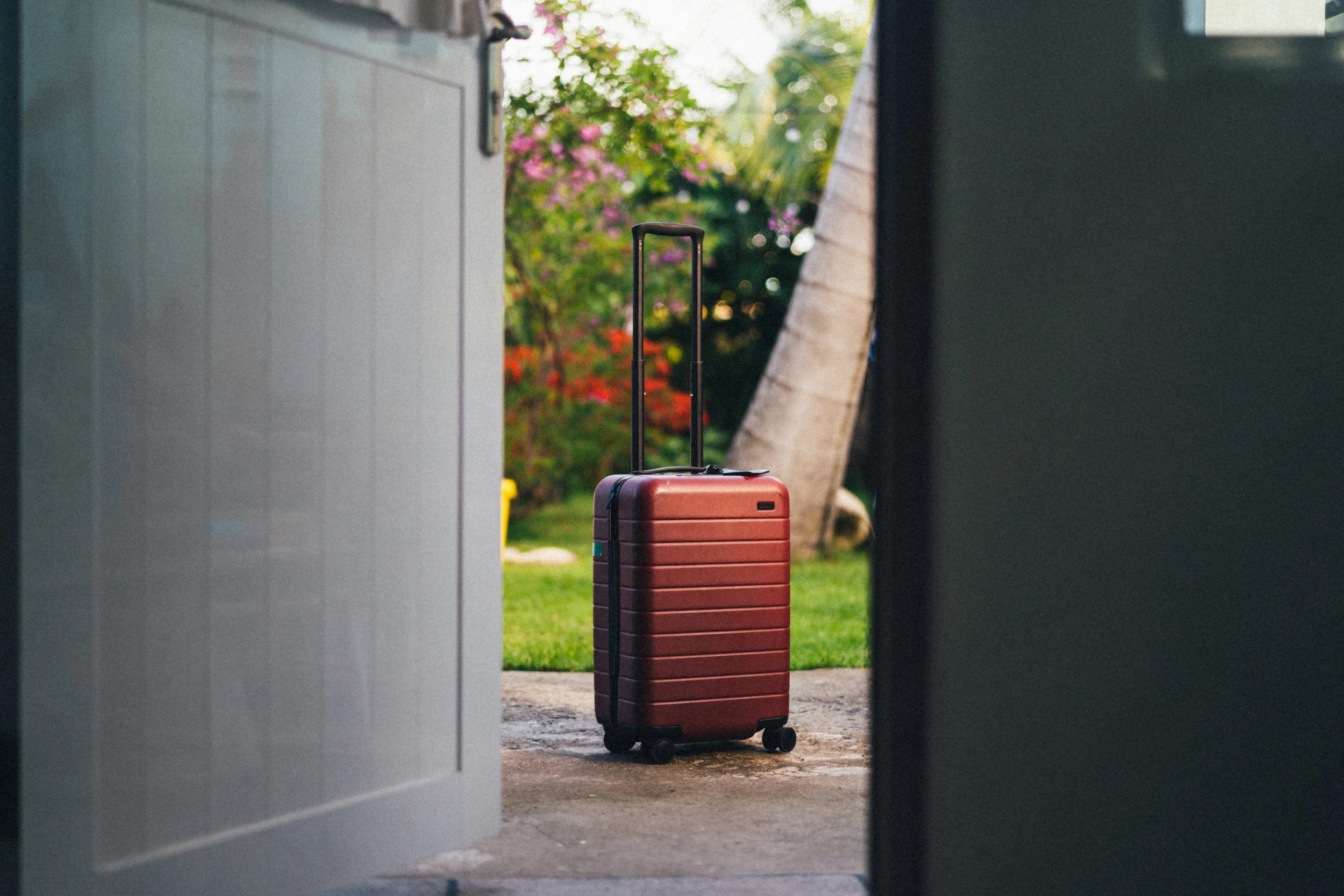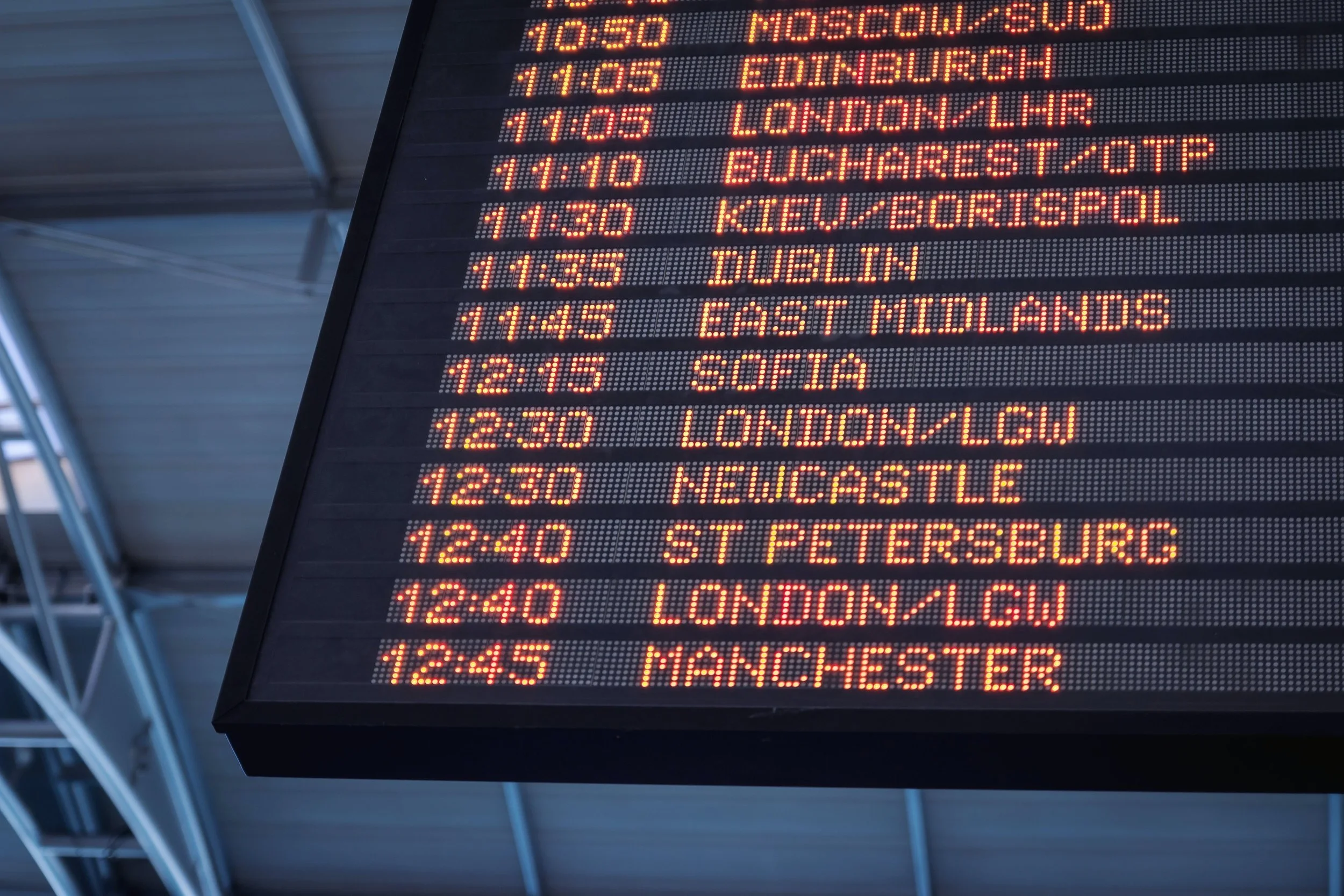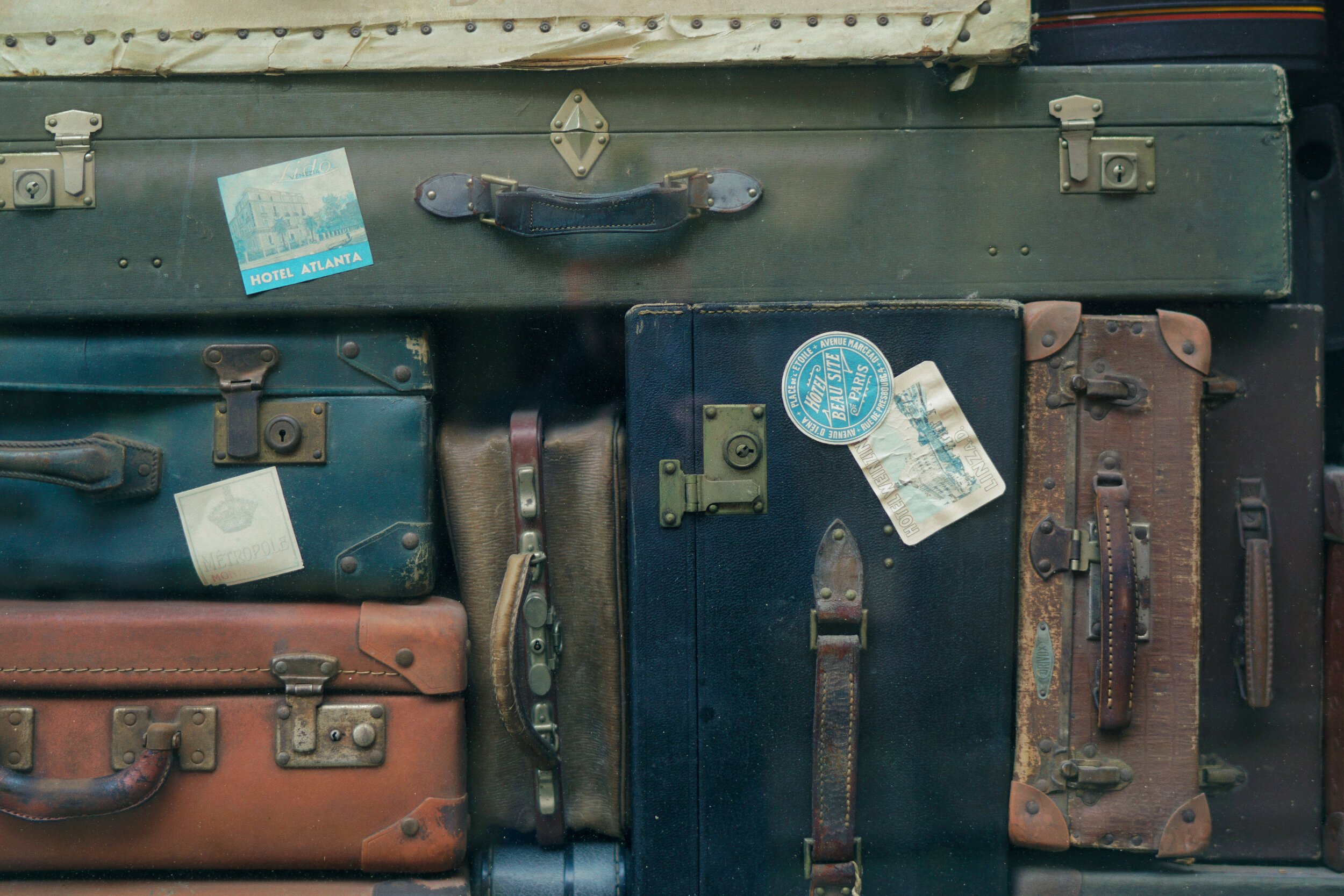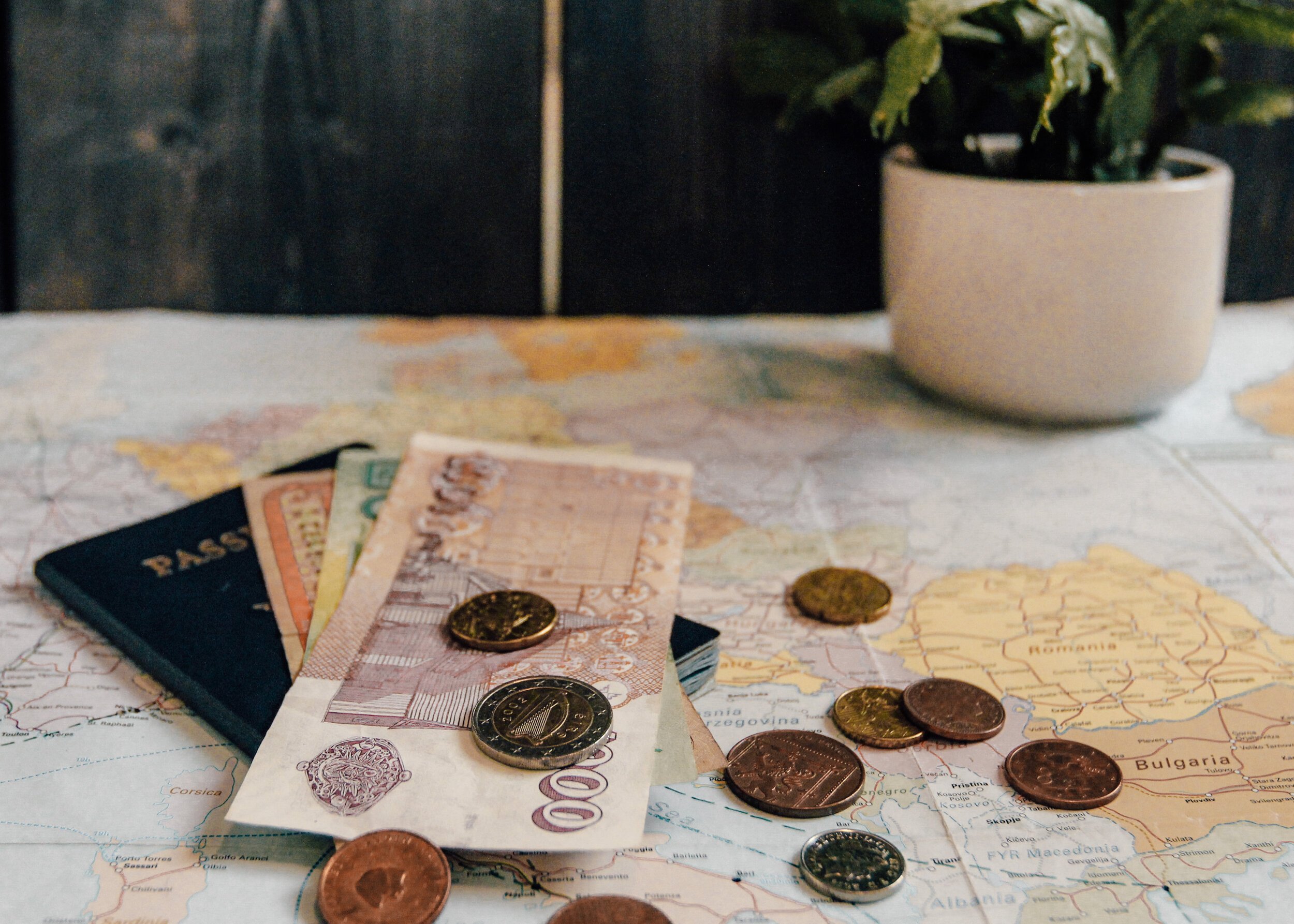Ten Best Hacks To Be a Smart Traveler
After a decade of travel, I've learned (mostly from mistakes) how to be a savvy traveler. From flights to packing, these are my ten best hacks to travel smarter.
Oftentimes, the most magical parts of travel are found in the unexpected moments. Other times, those unexpected moments are headache-inducing, not-so-magical, hit-your-head-against-an-airport-wall kind of moments.
In the past decade, I've traveled to over thirty countries across all seven continents. In that time, I have learned how to optimize my travel experience and (mostly) avoid self-inflicted errors along the way. Sure, there are factors out of anyone’s control, like weather and unforeseen events, but there are plenty of things that are well within our power, too
If you want to travel smarter and save money while you’re at it, be sure to add these ten helpful travel hacks to your arsenal.
Plan a Buffer Day
It may be tempting to cram as much as possible into your itinerary, but I highly recommend adding a buffer day at the start of your trip for worst-case scenarios. Think: cancelled flights, delayed baggage, miscommunication of any sort, etc.
If everything goes as planned and you land right on time and get where you need to be without any issues, great! Then you have a day to settle in and explore and everything in the world is grand. If, however, your flight gets delayed and you are set back a day, that buffer day lets you stay on schedule.
A quick point-proving story for your pleasure: our trip to Egypt from Seattle was to be 17 hours. Instead, it took 42. A series of mishaps—a hurricane, rogue lightning storms, a forced overnight, a broken part on the plane—turned into nearly two days of stressful travel. By the time we landed in Cairo, we had lost the first two days of our trip. Instead of seeing the pyramids as planned, we flew directly to Luxor to get back on schedule—canceling hotels and transportation along the way. (Don’t worry, we made time at the end of our trip to see those old pointy beauties.) The moral of the story is that if I had built in a buffer day in Cairo at the start, then we would’ve had a lot less stress on our shoulders.
Add a buffer day! You never know when a freak storm will hit. Or a part will fail and the plane will need to turn around. Or, well, you get the idea.
Travel In September
If you’re in the market for good weather, few crowds, and low prices, then plan your next adventure for September. For most destinations, September falls into the category of shoulder season. What’s so great about shoulder seasons you ask? Why, they are the happy-medium of travel times!
Low season offers low prices and few crowds, but the trade-off is visiting at a less desirable time. Low season typically has more extreme weather: cold and dreary or searing hot and unbearable. High season is on the opposite end of the spectrum; it’s the most popular time of year to visit. You can expect high prices and bustling crowds. Shoulder season is the sweet spot between the two when there are less tourists and the prices are lower—all without sacrificing pleasant weather.
In the northern hemisphere, September is autumn, while in the southern hemisphere, September is spring.
Read More: Five Simple Ways to Save for Travel
pack carry-on only
There are two types of people in this world: carry-on only travelers and everyone else. Here is a non-exhaustive list of why carry-on only is the way to go:
Get where you need to go faster—no standing around at baggage claim praying that your bag drops
Rest easy knowing there is no chance of losing your luggage in a faraway city
Unless you’re flying a budget airline, carry-on is free
You have less to carry, making it easier to get around
There are, of course, caveats to carry-on only, such as long trips, sports equipment, baby strollers and the like. The other downside is that you will want to board first to ensure there is space for your carry-on in the overhead compartment. I often travel with a backpack or my carry-on suitcase, which is aptly named The Carry-On by Away. This suitcase is stupid expensive but for how much I use (and love) it, I’m happy to have it.
Now for your bonus pro-tip: many airlines overbook seats and find that they don’t have enough carry-on space for everyone. In this case, they’ll request for volunteers to check their bags for free. So, if you are keen to ditch the bag and don’t mind waiting at baggage claim, you can volunteer to have it checked. Just make sure you take out all your important items first!
Strategize Flight Seat Selections
Who doesn’t want a row to themselves while flying? With a few tricks, you can up your chances of snagging one. Here’s how:
Most planes have a 3-3 configuration: three seats on each side of the plane. When traveling as a pair, have one person choose the aisle seat and the other person choose the window. Typically, other travelers will avoid selecting the leftover middle seat. In the case that someone does book that middle seat or if the flight is full, simply ask the person to switch so you can sit by your travel companion. Barring them being a masochist, they will almost always trade the middle seat for the aisle or window.
Okay, this trick may not be for everyone but I’ve had great success and many rows to myself using it. Ready for it? Book the back of the plane. I know, the dreaded back, how dare I suggest it. But hear me out.
From the back, you have a full view of the plane and can sneakily see what seats are available. If, after the cabin doors close, there are open seats that you’d prefer (i.e. an empty row), you can move as you please. To be on the safe side, I usually ask a flight attendant if it’s okay to move. Speaking of flight attendants, you’re closer to them in back and they can hook you up and are really helpful. As an added macabre bonus: in the event of a crash, you are more likely to survive if you're in the back of the plane.
Download your airline’s app to keep an eye on seats as they fill up. The day before my flight, I hop on the app to see if there is a better seat option and I move if needed. Note: I no longer buy “Saver” or budget fares, which typically doesn’t allow seat selection—but more on that shortly…
Read More: Booking Airfare and Flight Deals
Avoid Basic Economy
For the record, if you are very flexible, are on a short flight, and/or just want the cheapest fare possible, then Basic Economy can be an excellent choice. That said, I’ve found that in a post-Covid world, Basic Economy or Saver Fares can be more restrictive than I’d like and I’ve since chosen to bump up to the Main Cabin, which is usually $30-$50 more.
Basic economy typically doesn’t include a checked bag, and sometimes, depending on the flight carrier, no carry-on either. Budget fare tickets are also the last to board, meaning there may not be room for your carry-on in overhead storage. In this case, they’ll let you check it for free, but that isn’t always the ideal solution. Additionally, you cannot choose your seats, which for me—especially on a long haul flight—is not something I like leaving to chance, mostly because you’ll end up in a middle seat. Lastly, and most important, there are no changes or no refunds with Basic Economy fares. Should your plans change or if you need a different flight time, you’ll have to cancel and rebook. Personally? No, thank you.
Of all my tips and hacks, this is probably the most devisive one. Bottom line: do what is best for you and your trip!
Get a Travel Credit Card
Many of my flights have been free—or darn near close to it. How? Points, my friends, points. My recent roundtrip flight to France? $45. I did this by saving up points and booking with my Chase Sapphire Preferred credit card. With only a $95 annual fee, it’s a fantastic value.
Other perks include:
No foreign transaction fees
Travel insurance
3x points on dining and travel (which is basically all I do—eat and travel)
Car rental insurance
If you want to be fancy and have complimentary lounge access and a waived global entry fee, consider choosing the Chase Sapphire Reserve. With a $550 annual fee, I personally find the Sapphire Preferred to be a better value, but to each their own. For more information on travel cards, I also recommend checking out NerdWallet, which does a yearly review of the best travel credit cards.
Interested in Getting the Chase Preferred Card? Use My Referral Code!
Fly at Reasonable Hours
Sometimes the less expensive flight can quickly turn into the pricier one—and be more inconvenient. You see, budget-friendly flights often depart or land at odd hours, and it’s important to consider how that impacts the overall cost.
Let’s say you’re looking for a flight and find two decent options: Option A lands at 11pm for $500 and Option B lands at 2pm for $600. Which do you choose? While it may be tempting (or necessary) to save $100, I recommend Option B. But it’s more expensive, you say. Correct, but let’s workshop this a bit more.
Transportation. It can be tricky to depart or arrive at a late (or very early) hour. Many bus routes will stop late at night and into the wee hours of the morning. For taxis and Ubers, it may be more expensive or harder to find options, too. Another consideration is traveling during rush hour traffic, typically between 4-6pm, which can be both annoying and more expensive.
Hotels. Generally, check-in is after 3pm and check-out is by 11am. Keep those times in mind because you’ll be toting around your luggage.
Car Rental. Pick-up and drop-off times are usually at noon. You can adjust the times but there is typically a surcharge to deviate. There’s not much to consider when picking-up; just make sure that they are still open when you get there. But when dropping off, it is ideal to do it by noon and to have your flight shortly thereafter to avoid too much downtime or added fees.
In general, I find that it’s most convenient to arrive in-destination between 9am and 2pm. I also consider when I’ll have to leave home and how I’ll get back, such as having my flight arrive home at a time that someone can conveniently pick me up.
Travel on Off-Peak Days
Most people take advantage of weekends by leaving on Thursday or Friday and returning on Sunday. For this reason, I recommend booking flights on off-peak days: Monday, Tuesday, Wednesday, and Saturday.
Personally, I’ve found that Wednesday and Saturday are the cheapest of the bunch. For more flight tips and hacks, check out my article, Booking Airfare and Flight Deals.
Splurge on airport lounges
A cruel and inescapable fact of life: the high cost of airport food. For this reason alone, I love airport lounges. For $30-$50 a visit, travelers can hang out in an airport lounge before their flight or during a layover. Lounges include a complimentary food buffet and alcohol, ample (and comfortable) seating, and plenty of charging spaces. Some lounges even include takeaway food and showers. For the price of an airport meal and beer, I’d rather wait in the lounge—and sometimes it’s even cheaper to do so!
Keep in mind that lounges can get a bit busy, so you may find yourself on a waitlist. Other lounges (read: fancy pants ones) are exclusive to members only. Before your trip, simply search online for what lounges are at the airports you’ll fly through.
Take advantage of Packing Cubes
To be honest, packing cubes are more of a life-hack than a travel-hack. Once you discover them, it’s hard to go back—life simply isn’t the same anymore. There is only Life Before Packing Cubes and Life After Packing Cubes.
These lifesavers allow you to stay organized while on-the-go and also enable you to pack a lot in, especially in small bags and suitcases. I use them for clothes, toiletries, camping gear—you name it. I personally use the REI Expandable Packing Cube Set and find the different sizes to be helpful when packing. Cotopaxi’s packing cubes offer bright colors, which is always fun. Overall, packing cubes keep you efficient and reduce fumbling around in your bag. You want them, I promise.
Read More: Recommended Travel Gear














